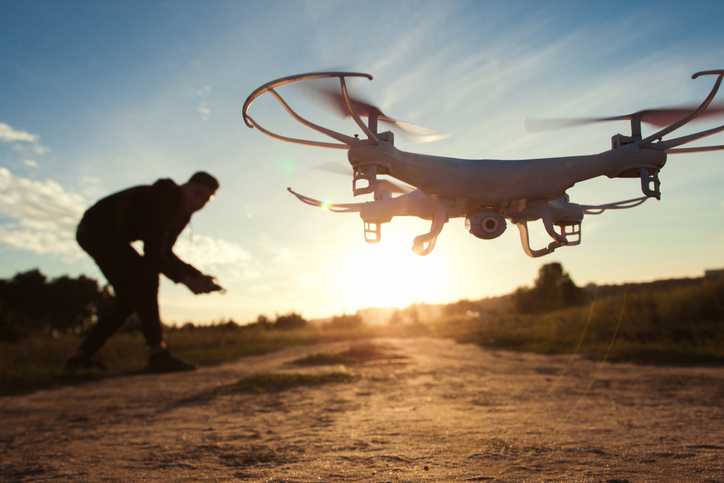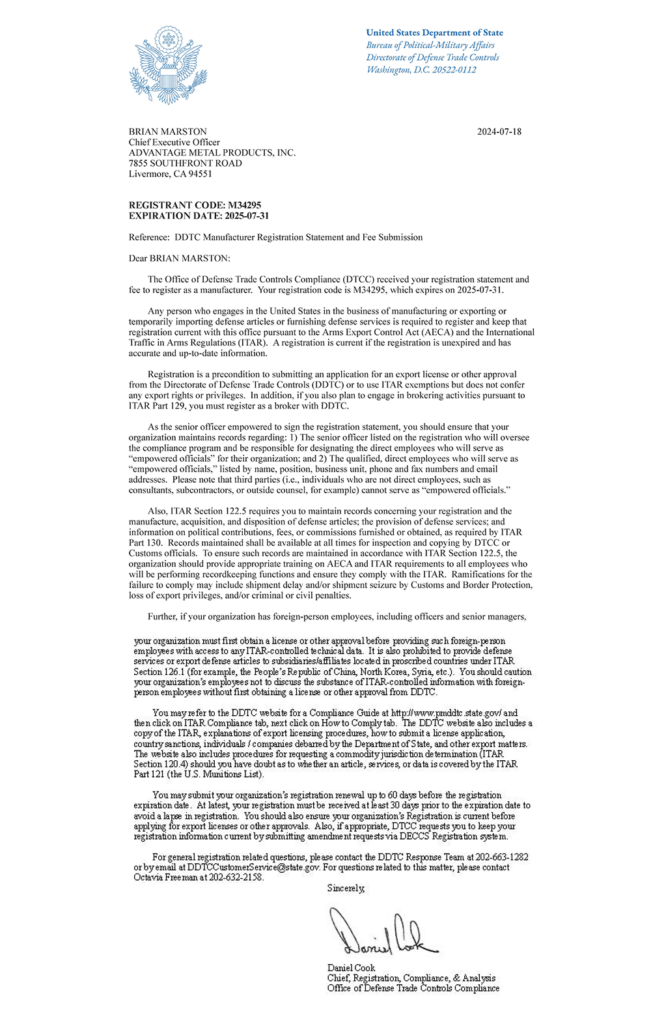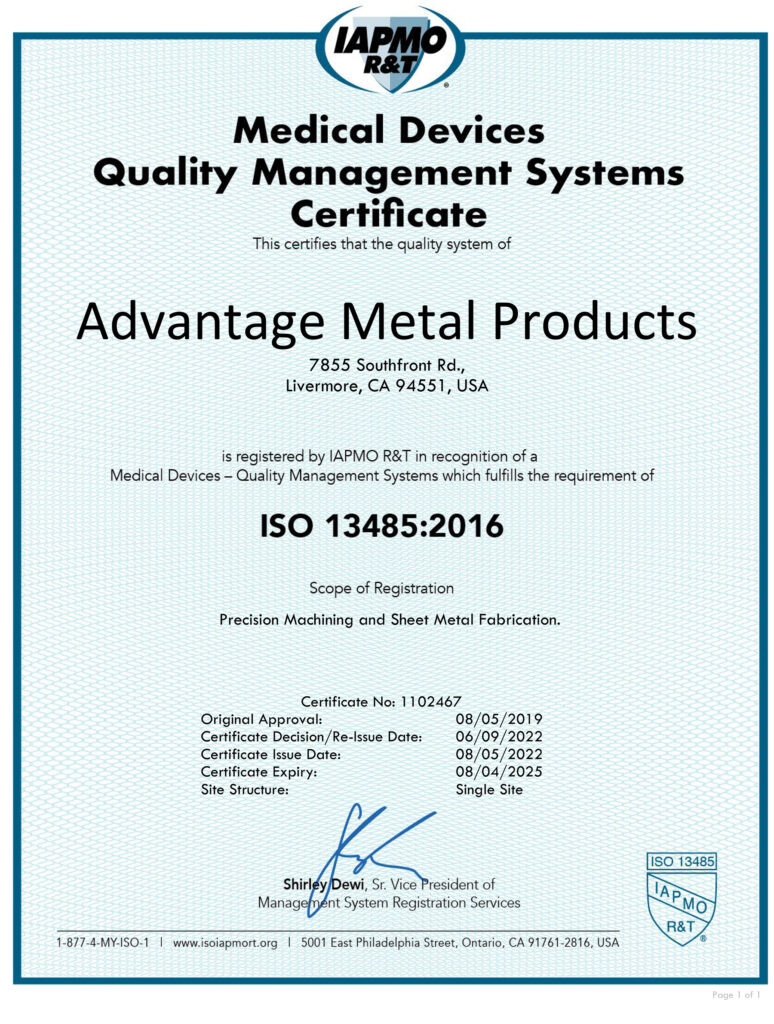
Once considered the realm of hobbyists and military operations, unmanned aerial vehicles (UAVs) have recently gained traction in a wide range of industries. Whether they’re making an impact in mobile edge computing or enhancing package delivery operations for commercial businesses, there is no denying that UAVs are beginning to play a larger role in the life of the average person. As a result, a lot of focus is going into improving UAVs with longer flight times, higher payload carrying capacities, and enhanced path planning capabilities. In order to achieve this, metal components of UAVs have an essential role to play in supporting that innovation with reliable performance. Today, we’ll take a closer look at the evolution of UAVs and how metal components can support or even enhance the advancements in technology.
The Evolution of UAVs: A Brief History
UAVs, like many inventions, have their roots in the military. The earliest UAVs came in the form of incendiary balloons used in 1849, but the UAVs of the early 1900s more closely resembled that of the UAVs we still use today. Developed by the minds of great inventors like A.M. Low and Nikola Tesla, UAVs became sophisticated instruments for surveillance and reconnaissance all the way through the 20th century.
As invention progressed and UAVs became more accessible in the early 21st century, people began to find other uses for them. For instance, UAVs have been a staple in commerce for years; companies like Amazon utilize UAVs for package delivery, while others have adopted them for the purposes of aerial photography or remote inspections of critical infrastructure such as bridges, powerlines, and pipelines.
One of the more surprising uses for UAVs has appeared in the agricultural industry. Drones equipped with sensors (including multispectral and thermal cameras) provide farmers with real-time data on crop health, water levels, and pest infestations. They’re also used for pesticide spraying, seeding, and livestock monitoring.
And that’s only a handful of applications. Thanks to the ever-increasing sophistication of UAV design and technology, many predict that they will become even more ubiquitous in the near future.
The Role of Metal Components in UAV Innovation
Material Selection and Innovation
When it comes to metal components for UAVs, material selection is one of the most important decisions manufacturers make. The material dictates the performance and characteristics of the part, which in turn heavily influences the performance of the UAV as a whole.
For the most part, components of UAVs require lightweight alloys with high strength. Some of the most widely used materials include aerospace alloys made with aluminum, titanium, steels, nickel, copper and other high performance materials. While each comes with its own set of properties and advantages, in general, material selection aids UAV innovation in a few key ways by:
- Providing the necessary structural integrity to withstand stresses like shock, vibration and heat which are experienced during flight
- Enabling higher speeds, altitudes, increased time in operation, and enhanced UAV performance with light-weight, durable parts
Precision Manufacturing
The role of components for UAV innovation doesn’t stop at material selection. The manufacturing of those parts is equally critical. Many UAV applications require high levels of precision with almost no margin for error. As a result, metal parts for UAVs must be manufactured to meet exact specifications in order to support optimal performance.
One of the best methods for achieving this is CNC machining. With extremely high degrees of accuracy, CNC machining is capable of producing complex UAV components that consistently meet quality and performance standards.
Customization for UAV Applications
Another important way in which components for UAV applications play a role in supporting innovation is through customization. When working with an experienced machine shop that offers tailored solutions, metal parts can be customized to meet the needs of specific UAV applications.
For example, if the primary purpose of a UAV is surveillance and mapping, metal parts can contribute to the strength and load-bearing capacity. This then allows for more sophisticated camera systems and sensors to be affixed to the UAV without increasing the risk of wear and tear.
In order to create parts that can meet these needs, manufacturers should work closely with UAV OEMs to understand the requirements and provide personalized solutions.
Structural Optimization
Finally, because of the vast selection of materials available to metal manufacturers, metal parts can be optimized for strength and lighter weight. These factors can have a major impact on things like flight endurance, battery life, and landing accuracy.
Metal manufacturers often use engineering tools like Finite Element Analysis to simulate and analyze the behavior of metal structures under different conditions, ensuring that the components meet design specifications, perform optimally, and comply with safety standards.
Experience the Advantage Metal Difference in Your Metal Components for UAVs
Advantage Metal Products is a full-service machine shop located in Livermore, CA. With more than 30 years experience, AMP specializes in precision metal manufacturing and NPI manufacturing for all of our customers. Our state-of-the-art facilities are U.S.-based and operated and are equipped with the latest in advanced manufacturing technology. Whether you need CNC machining, sheet metal fabrication, engineering support, or other value-added services, we have the capabilities to deliver your success!
AMP and Megatech, located in Quebec, Canada, are manufacture partners. We are the industry leaders in rapid prototyping of complex machined and fabricated metal parts.
Reach out today to get started.



